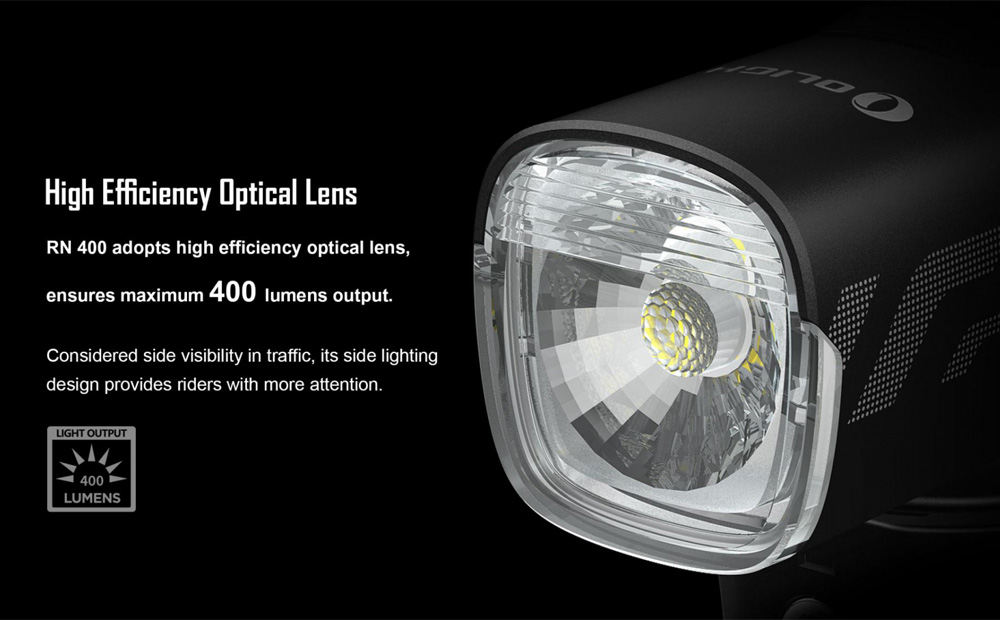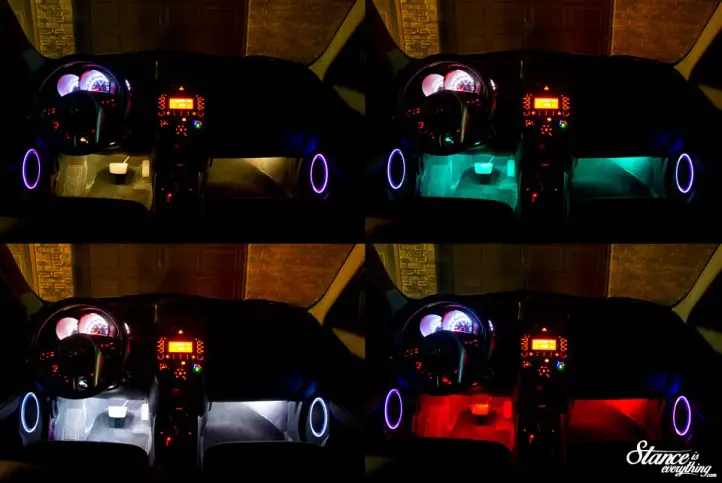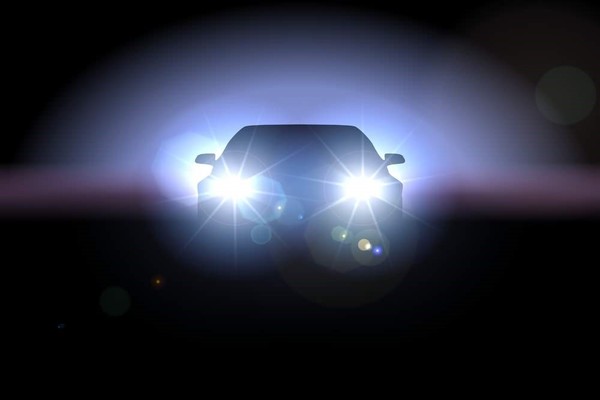
- Headlights should be activated when visibility is drivers#
- Headlights should be activated when visibility is windows#
any person involved is killed or injured.ĭriving with animals Travelling inside a vehicle.
Headlights should be activated when visibility is drivers#
any driver involved fails to provide their details to any other drivers involved in the crash. a vehicle involved needs to be towed away. You must report a crash to the police if: the owner of any property or vehicle that has been damaged from the crash. any other person injured in the crash or their representative. If you are involved in a crash, you must stop and if you are able, give your contact details to: This rule applies to all road-related areas, including car parks. Headlights should be activated when visibility is windows#
wind up the windows if possible-a gap of 5cm or less is acceptable.remove the ignition key if there is no one 16 years of age or older in the vehicle.Your vehicle is considered unattended when you are more than 3m away from it. You must secure/lock your vehicle before leaving it parked on a road. Passengers must be seated and restrained according to the seatbelt and child restraint rules. The passenger carrying area must be an enclosed part of the structure of the vehicle. You must make sure your passengers do not travel in any part of the vehicle that is not designed for passengers. It is an offence for a person to ride in the back of a utility (ute).
 If you have stopped for a train, before proceeding, check that another train is not following or coming the other way. Take extra care if the sun, fog, vegetation or buildings obscure your view of the train tracks. Slow down, or stop if facing a STOP sign, and look both ways and listen for trains. Once you enter the level crossing, you must move off the crossing as soon as you can do so safely.Īt a level crossing where boom gates or flashing lights are not installed, extra care should be taken. the driver cannot drive through the crossing because it, or the road beyond, is blocked. an approaching train or tram can be seen, or is sounding a warning, and there would be a danger of a collision if the driver entered the crossing.
If you have stopped for a train, before proceeding, check that another train is not following or coming the other way. Take extra care if the sun, fog, vegetation or buildings obscure your view of the train tracks. Slow down, or stop if facing a STOP sign, and look both ways and listen for trains. Once you enter the level crossing, you must move off the crossing as soon as you can do so safely.Īt a level crossing where boom gates or flashing lights are not installed, extra care should be taken. the driver cannot drive through the crossing because it, or the road beyond, is blocked. an approaching train or tram can be seen, or is sounding a warning, and there would be a danger of a collision if the driver entered the crossing.  a train or tram is on, or entering the crossing. a gate, boom or barrier at the crossing is closed, or is opening or closing. warning lights are operating, or warning bells are ringing. You must give way at a GIVE WAY sign or GIVE WAY line to any train on, approaching or entering the crossing. You must stop at a STOP sign or STOP line and give way to any trains on, approaching or entering the crossing. Stopping and giving way at a level crossing It is also where a road and tram tracks meet at substantially the same level, however these crossings must be signed at the entrances.Ī level crossing includes any adjacent area with painted cross hatched road markings. Level crossingsĪ level crossing is any location where a road and a railway meet at substantially the same level, regardless of whether it signed. You must not use fog lights in clear weather conditions, whether it is day or night. You can only use front or rear fog lights if it is difficult to see other vehicles or objects due to poor weather conditions-such as heavy rain or fog.
a train or tram is on, or entering the crossing. a gate, boom or barrier at the crossing is closed, or is opening or closing. warning lights are operating, or warning bells are ringing. You must give way at a GIVE WAY sign or GIVE WAY line to any train on, approaching or entering the crossing. You must stop at a STOP sign or STOP line and give way to any trains on, approaching or entering the crossing. Stopping and giving way at a level crossing It is also where a road and tram tracks meet at substantially the same level, however these crossings must be signed at the entrances.Ī level crossing includes any adjacent area with painted cross hatched road markings. Level crossingsĪ level crossing is any location where a road and a railway meet at substantially the same level, regardless of whether it signed. You must not use fog lights in clear weather conditions, whether it is day or night. You can only use front or rear fog lights if it is difficult to see other vehicles or objects due to poor weather conditions-such as heavy rain or fog. 
You may be fined for incorrectly using your high beam lights. You may flash your headlights briefly before overtaking another vehicle, but make sure they do not dazzle other road users. You must not have your headlights on high beam if another vehicle is closer than 200m to you-this includes when you are following someone and when they are driving towards you. If you are driving during the day in fog or in other bad weather with reduced visibility, you may drive with your front fog lights on, with or without your headlights. You must have your headlights, tail-lights and number plate lights on when you drive at night or in bad weather that causes reduced visibility (such as heavy rain). Some of Queensland's other general road rules relate to:







 0 kommentar(er)
0 kommentar(er)
